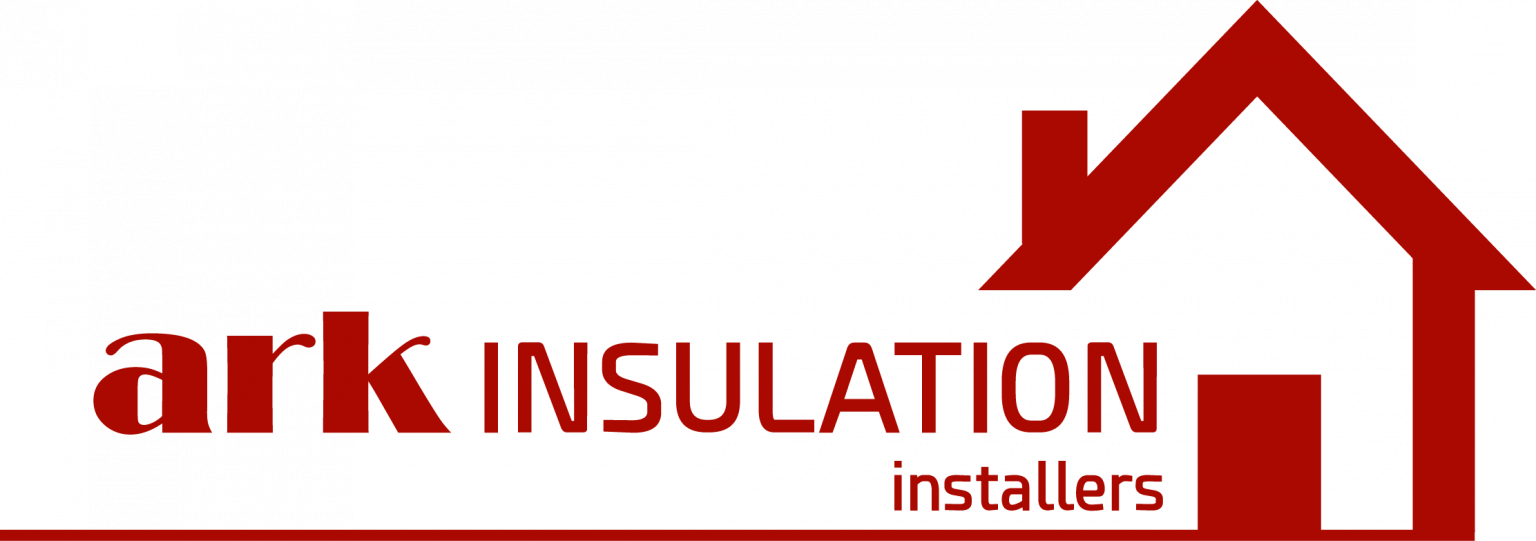

Insulated Plasterboard
Insulated plasterboard offering a calcium sulphate dihydrate (gypsum) sheet that is normally squeezed between a facer and a supporter. It is used in the design of interior walls and ceilings. As a quicker alternative to traditional lath and plaster, this 'Drywall' construction became common.
Plasterboard stuff you should know
● A standard plasterboard is made up of an inner layer of gypsum sandwiched between two outer layers of lining paper. Applying various additives to the gypsum layer and changing the weight and strength of the lining paper would give the finished board different characteristics.
● Thermal plasterboard is effective at reducing noise transmission, especially in the case of airborne sounds like speech and music. Gyproc SoundBloc is a high-performance plasterboard with a specially built centre that offers even better sound insulation.
● Although standard plasterboard is suitable for most applications, it should not be used in areas that are continuously wet. Gyproc Moisture Resistant, a specially built board with silicone additives in the centre, or Glasroc H Tilebacker, a highly water resistant Class A1, non-combustible glass reinforced gypsum board, can be found in kitchens, toilets, and other wet areas.
● The most popular plasterboards come with either a tapered or a square edge. Tapered edge boards are best for jointing and skimming, while square edge boards are best for textured finishes.
● Insulated plasterboard offering typically sold in 1200mm wide sheets, which are designed to fit the traditional 600mm stud spacing used in modern housing. For particular systems, other widths are available.
● One hand of a thermal plasterboard is ivory, and the other is brown. The liner on the ivory face was created exclusively for plastering and should not be used on the brown reverse face. The majority of paper liners are made from recycled paper, which is great for the environment.
● While wallpaper can be applied directly to the paper surface of plasterboard, it is recommended that the surface be sealed with one coat of Gyproc Drywall Sealer to allow for easy stripping later.
Insulated Plasterboard Offering
insulated plasterboard offering a typical building material that consists of a single sheet of regular plasterboard or gypsum board sandwiched between two sheets of insulating material.
It is less expensive to use insulated plasterboard. Drylining adhesive may be used to adhere it to the wall; however, you will need to remove the plaster first. Personally, I believe they are well worth the investment. I'd recommend aiming for a 50mm insulation layer on a 12.5mm sheet, as the difference would be noticeable.
External walls may benefit from the use of insulated plasterboard offering to prevent condensation. The surface temperature of the wall can be raised by applying a layer of insulation. It can no longer serve as a dew point for warm moist air as a result of this.
This insulating effect is especially important because it decreases the risk of condensation forming because the wall surfaces are colder, preventing water vapour in the air from turning into liquid. Breathaplasta raises the surface temperature of internal walls, reducing condensation risk by providing a colder surface.